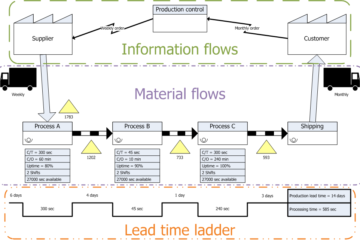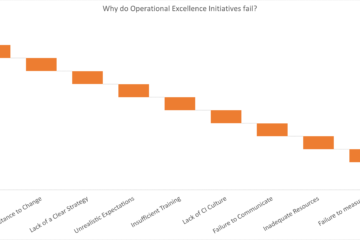Net Promoter Score (NPS) is a powerful metric that helps businesses measure customer satisfaction and loyalty. Well used, it can be a meaningful way to capture some critical aspects of the voice of the customer. However, implementing NPS effectively requires a strategic approach to ensure meaningful results. In this post, we will explore the do’s and don’ts of NPS to guide you in maximizing its potential for your business.
The Do’s of Net Promoter Score
- Clearly Define Your Objectives: Before implementing NPS, clearly define your goals. Are you aiming to improve customer satisfaction, identify areas for improvement, or enhance loyalty? Having a clear objective will guide your NPS strategy.
- Regularly Collect Feedback: NPS is most effective when collected regularly. Establish a consistent schedule for sending out surveys, whether it’s quarterly, biannually, or after specific customer interactions. Regular feedback allows you to track changes over time.
- Segment Your Data: Analyzing NPS scores across different customer segments (e.g., industry, size, geography, etc.) provides deeper insights. This segmentation helps identify specific areas for improvement and tailors your strategies to meet the unique needs of your customers.
- Act on Feedback: The true value of NPS lies in acting on the feedback received. Create a structured process for addressing customer comments, whether positive or negative. Implementing changes based on feedback demonstrates your commitment to customer satisfaction.
- Promote Accountability: Assign responsibility for NPS initiatives within your organization. Having a dedicated team or individual ensures that NPS results are actively monitored, and actions are taken promptly to address any issues that arise.
The Don’ts of Net Promoter Score
- Ignoring Detractors: Ignoring dissatisfied customers can be detrimental to your business. Instead, use detractor feedback as an opportunity to address specific pain points and convert dissatisfied customers into loyal advocates.
- Overlooking Promoters: While it’s essential to focus on detractors, don’t neglect your promoters. Engage with satisfied customers, express appreciation for their loyalty, and explore opportunities to turn them into ambassadors.
- Relying Solely on NPS: NPS should be part of a comprehensive customer feedback strategy. Don’t rely solely on NPS; complement it with other metrics and qualitative data to gain a more holistic understanding of customer sentiment.
- Collecting Feedback Without Action: Collecting NPS data without a plan for action is a common mistake. If customers take the time to provide feedback, they expect to see improvements. Failing to act on feedback can lead to a decline in customer trust and satisfaction.
- Setting and Forgetting: Like all Operational Excellence tools, NPS is not a one-time effort. Avoid the “set and forget” mentality. Regularly review and reassess your NPS strategy to ensure it remains aligned with your business goals and reflects changes in customer expectations.
Conclusion
Incorporating Net Promoter Score (NPS) into your business strategy can be a game-changer when done right. By following these do’s and don’ts, you’ll be on the path to leveraging NPS as a valuable tool for enhancing customer satisfaction, fostering loyalty, and driving overall business success. Remember, the key lies not just in collecting scores but in using them to make meaningful improvements that resonate with your customers.
Kallion’s diagnostic approach can be tailored to virtually any kind of laboratories. Kallion can not only help set up NPS questionnaire and processes but can also assist in analysing results and deriving actions. Kallion can customize its support to assist the laboratory with the successful and sustained roll-out of these actions. Please reach out for an initial discussion on how Kallion can assist you.


